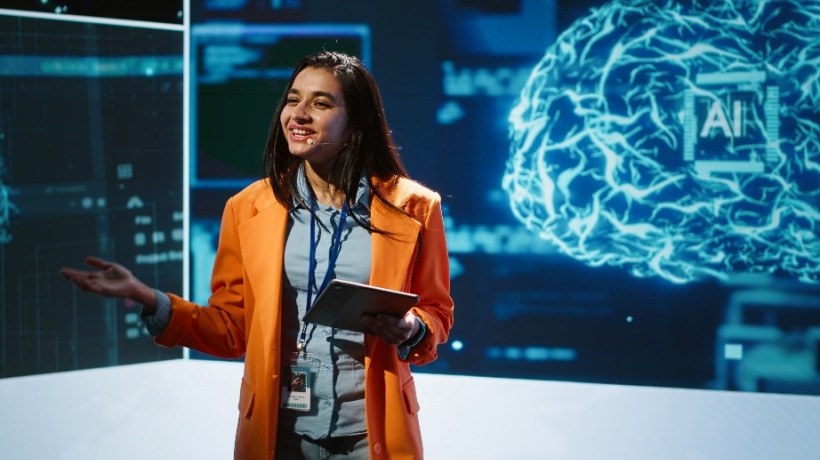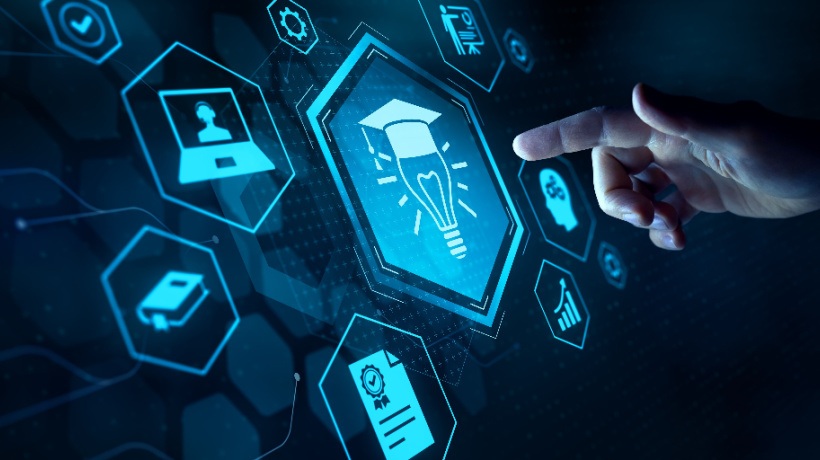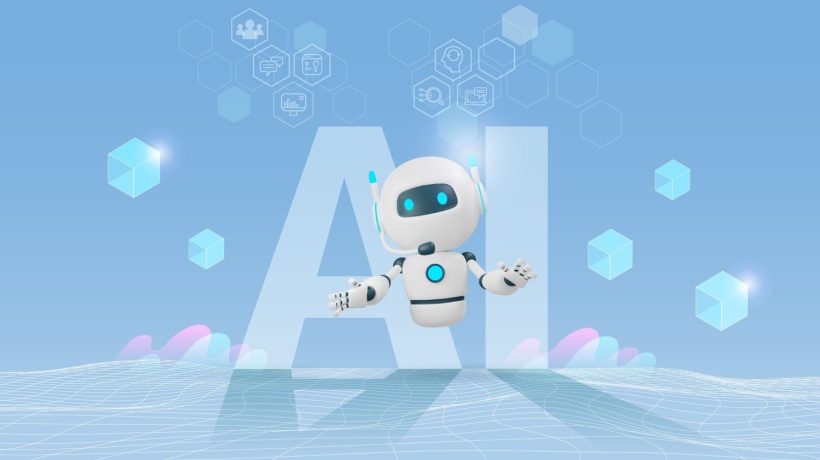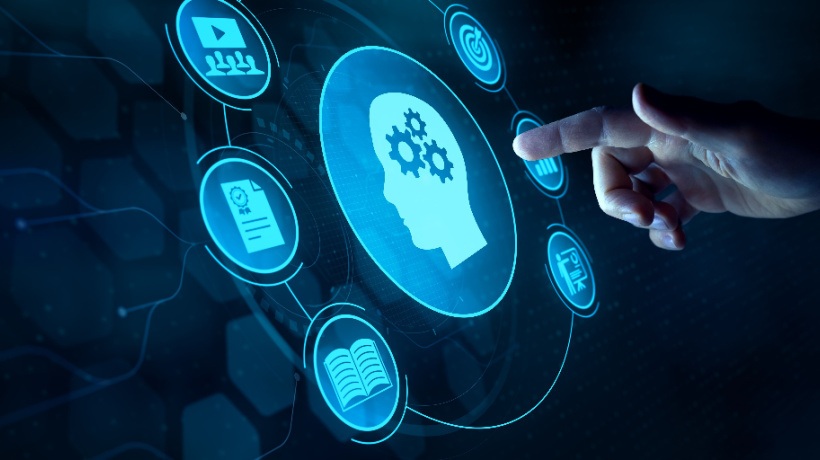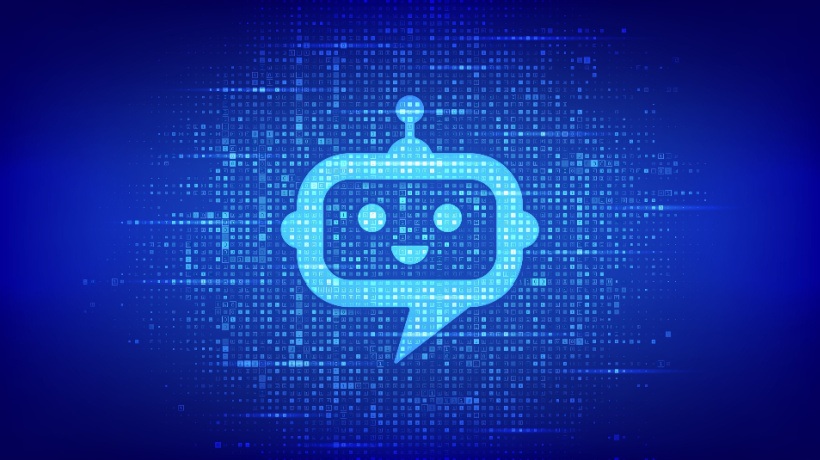Why Adopt AI In Corporate Training?
By now, almost all companies have realized why they must keep their workforce skilled and ready for the future. Corporate training is a critical investment in people, performance, and staying competitive, especially now that AI has started making its way into L&D. From tailoring learning paths to automating assessments, AI is helping organizations change how they deliver, track, and design training to create smarter and more personalized learning experiences. Companies like IBM, Amazon, and Walmart are already using AI to upskill teams, boost engagement, and drive performance.
But what makes AI so important to corporate training? For starters, AI can learn from data and make intelligent decisions in real time. Unfortunately, traditional training methods can't do that. In L&D, this means personalized learning journeys, predictive insights, and automation leading to smarter and more effective training. Specifically, AI can analyze a learner's behavior, role, performance, and preferences to recommend the right content at the right time. Plus, it can take care of repetitive admin tasks, freeing up training professionals' time and allowing them to focus on strategy. Lastly, with predictive analytics, AI tools can spot skill gaps, predict learning outcomes, and even suggest when an employee might need extra help before their performance drops.
Below, we'll examine some companies that have succeeded in using AI for their corporate training needs and how they've seen better results in profit, productivity, and learning outcomes.
6 Companies That Have Successfully Implemented AI In Corporate Training Programs
1. IBM: Personalized Learning
With a company the size of IBM, with more than 250,000 employees globally, you can imagine how challenging it is to keep everyone trained and well-skilled. And since traditional learning methods weren't enough to prepare the workforce for the future, IBM decided to bring AI to the center of its corporate training program. So, IBM created Watson, its own AI platform. Instead of just offering generic online courses, IBM decided to use Watson to offer personalized learning tailored to each employee's skills, goals, and needs.
How does it work? Watson analyzes data such as job roles, past training, and performance, and uses that information to deliver smart learning paths. For example, if someone wants to get a promotion as a team leader or sharpen their communication skills, Watson figures out the best path to get them there. It even performs skills gap analyses to show where employees stand and what they need to learn next. Then, based on that data, the system suggests relevant courses, resources, and certifications. The results? IBM saw a significant reduction in training time and a boost in employee satisfaction and course completion rates.
2. Walmart: AI-Powered VR Training
With over 2 million employees worldwide and thousands of stores to manage, Walmart faces a huge challenge when it comes to training, and that's because retail employees need to be prepared for numerous scenarios. But how do you train that many people in so many different roles in a way that's both effective and engaging? Walmart found the answer in AI-powered Virtual Reality training.
With the help of STRIVR, Walmart used AI-powered VR training across its training academies and stores. These VR modules place employees in realistic, immersive scenarios, like dealing with impatient customers. The AI analyzes employee performance, such as where they look, how quickly they react, and how they make decisions. Based on that, the system offers personalized feedback, helping each person improve where they need it most. Ultimately, it resulted in a 15% improvement in employee performance and a 95% reduction in training time. This means a more confident workforce that recalls information faster and actually participates in training.
3. Amazon: Training On AI Robots
For Amazon to be able to deliver packages so fast around the world, there's a big network of fulfillment centers and more than 1.5 million employees who need to be trained fast and efficiently. As you can understand, traditional training methods wouldn't be up to this task, so Amazon resorted to AI. In Amazon's fulfillment centers, AI-powered robots and automation systems are used for sorting and packaging items. While these take care of a lot of the heavy lifting, humans still need to manage these robots.
To make it happen, Amazon has created training modules that teach warehouse staff how to safely interact with robots. These modules are also AI-enhanced, adjusting to each employee's progress and offering extra help if someone needs it. For instance, if a worker is dealing with a system error, the AI can walk them through it with real-time support and visual guides. The AI also tracks how long tasks take, accuracy rates, and even movement patterns to spot areas for improvement. With that data, the system can suggest personalized training programs. Overall, this approach has led to a 75% boost in employee engagement and a 40% increase in task fulfillment time.
4. Unilever: AI-Based Recruitment
Starting a new job in a company as big as Unilever can feel overwhelming. There's a lot to learn, from HR policies to internal systems and the pressure to become productive as soon as possible. That's where Unabot comes in, Unilever's friendly AI assistant designed to help new hires settle in smoothly. Unabot is built on Microsoft's Bot Framework and uses Natural Language Processing (NLP), allowing it to understand how people typically ask questions. From instructions on how to set up one's ID or checking employee benefits to learning about the company's values, Unabot's got every answer. It gets the info from official company guidelines, policy docs, onboarding schedules, and even questions from past employees, so the answers are tailored specifically to Unilever's culture and structure.
As of 2023, Unabot was active in 36 countries. Its launch has really been well-received by the employees. In the areas where it's been introduced, 36% of the workforce has given it a try, and 80% think it's useful enough to keep using it. Because it's so successful, there are plans to roll it out globally across all 190 markets Unilever operates in.
5. McDonald's: Training With Voice-Activated AI Systems
McDonald's is one of the biggest fast-food chains in the world, so getting its employees trained quickly is a must. With thousands of locations and millions of customers every day, McDonald's faces a challenge regarding new hires: how to onboard them efficiently while making sure they provide great customer service. As part of its L&D strategy, McDonald's adopted an AI-powered training simulator to make onboarding smoother and boost real-time learning. Specifically, they introduced voice-activated AI systems that help new employees through tasks like making burgers, taking orders, and keeping things clean, all with step-by-step guidance.
What makes this special is that the system is smart. It analyzes interactions with customers to spot common issues, patterns, and trends in how employees serve customers, and areas where the staff could do better. The data is then used to optimize training courses, so new hires learn not just how to do their jobs but also how to excel in their roles. This approach has led to a 65% reduction in time-to-hire and a 20% increase in the number of candidates finishing the process.
6. Google: Monitoring Performance
Google has created a strong internal learning system that leverages AI to keep people engaged and always one step ahead when it comes to tech and industry trends. At the core of this is Grow, Google's own learning platform. When it started, it had all sorts of courses, from 3D printing to Rubik's Cube tricks, but in 2025, they decided to change it a bit, and now it focuses mainly on AI-related skills.
Powered by AI analytics, Google's system monitors how employees are performing and engaging with their learning. It suggests personalized courses, workshops, and hands-on projects, tailored not just to what someone is currently doing but also to what's going to be popular in the industry in the future. So, the main goal is to keep everyone ready for whatever challenges come next. This has boosted internal skills and made everyone focus on the learning opportunities most relevant to their roles. While Google hasn't shared specific results, the internal feedback shows that employees really value the platform, as it allows them to grow both personally and professionally.
Conclusion
AI is here, and it's pretty clear it's changing how organizations approach L&D. As we've seen from the above companies that made it, the key is starting with clear goals and small actions. You don't need a big budget or a complete system change to begin. Just identifying your challenges is enough. From there, you can find the AI system that will address your corporate training program's issues. In the future, no L&D strategy will succeed without AI implementation, so why not take the lead and begin now?
